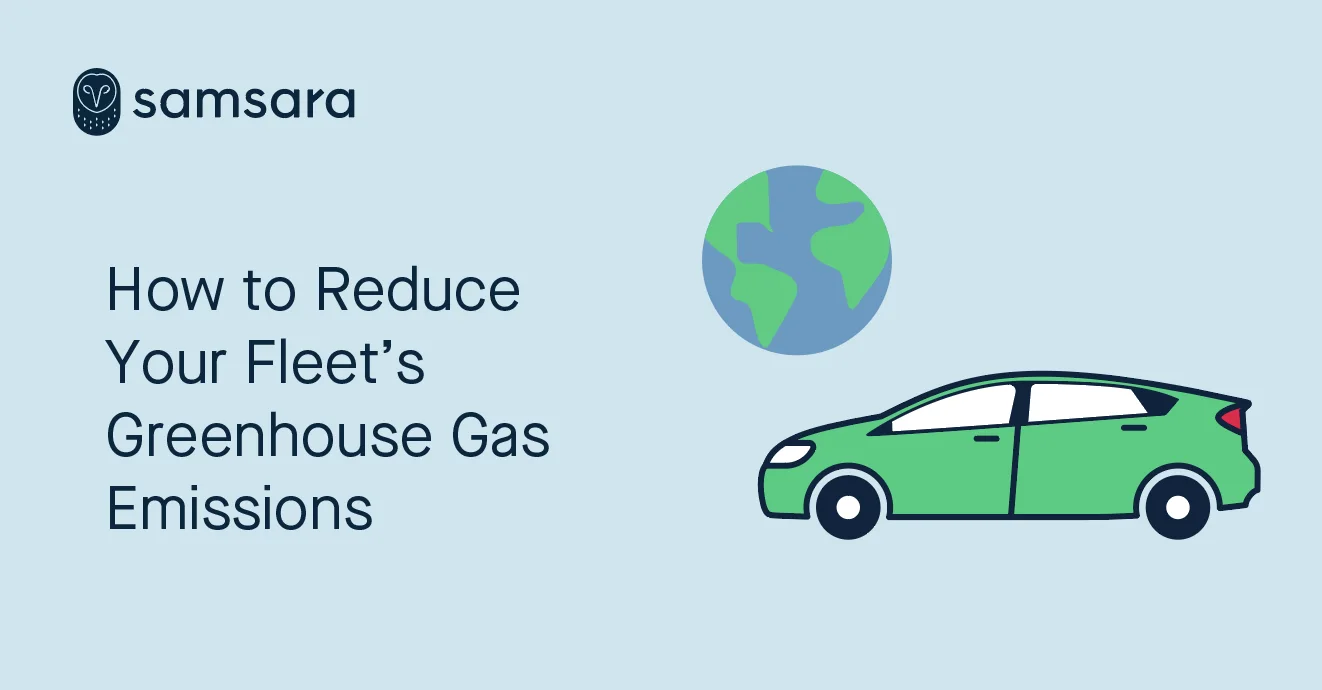How to Reduce Your Fleet’s Greenhouse Gas Emissions
April 30, 2021

Get Started with Samsara
Check our pricesKey Takeaways
Learn how the City of Sacramento leverages Samsara to reduce greenhouse gas emissions, increase energy efficiency, and achieve their sustainability goals.